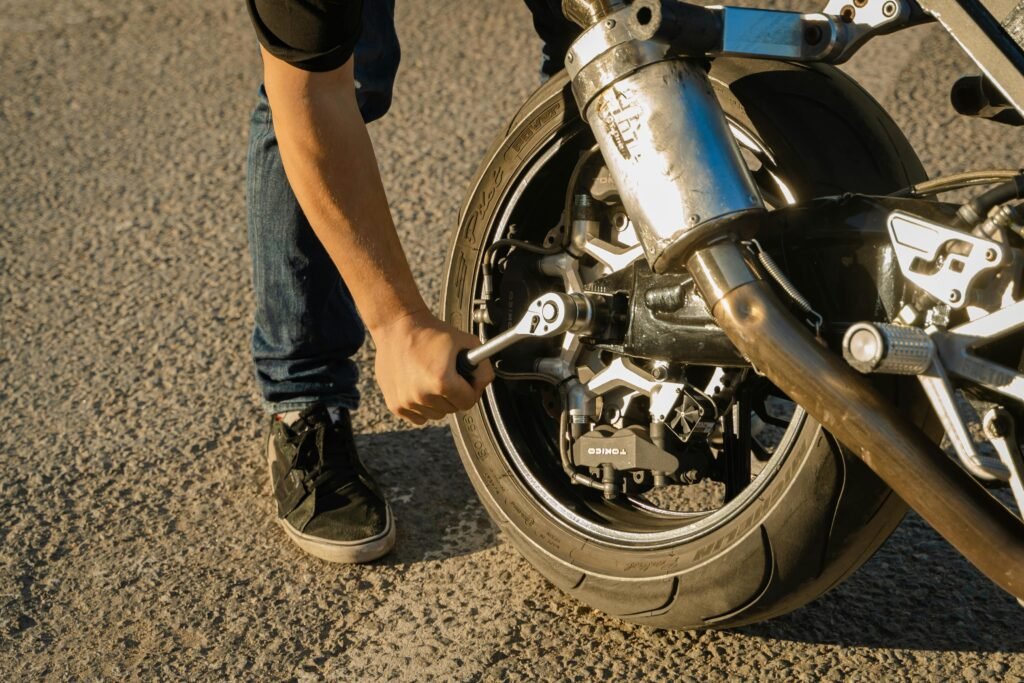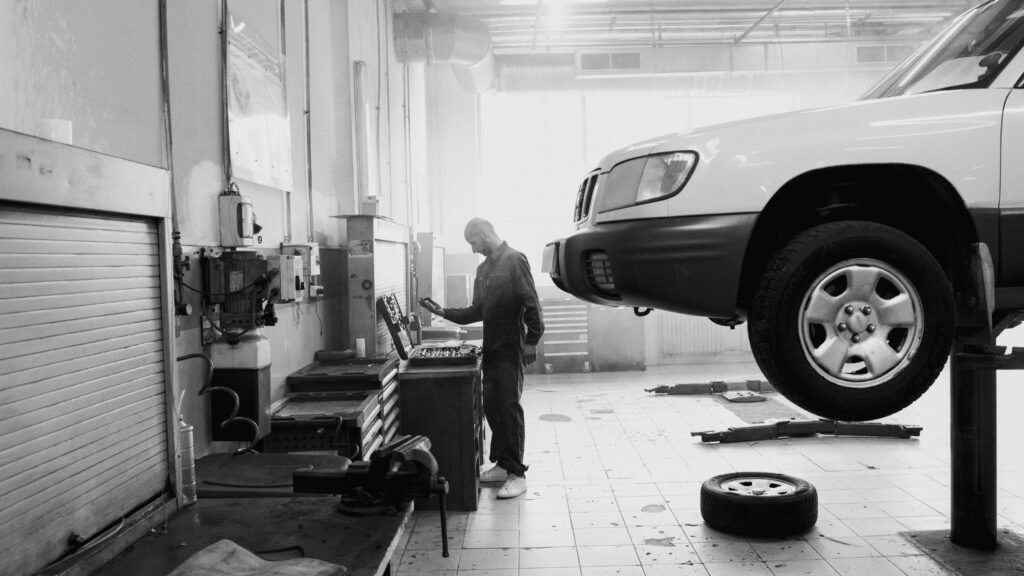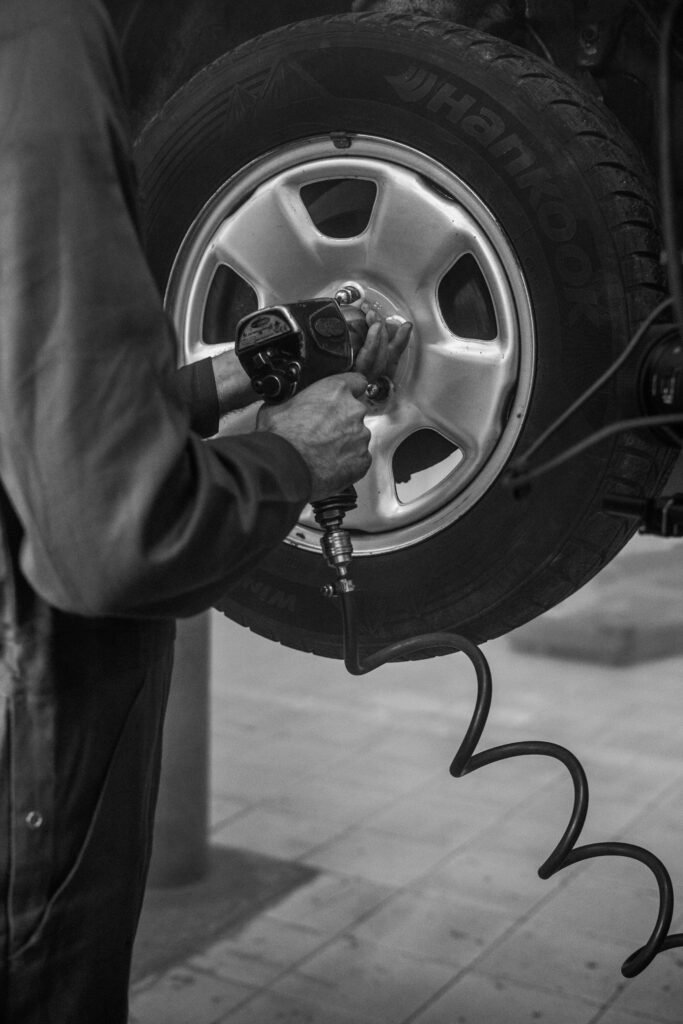Introduction
Tire repair cost is one of the most common questions car owners ask when facing a flat or damaged tire. Whether it’s a small nail puncture, a slow leak, or damage from hitting a pothole, knowing what to expect can save you money, prevent unnecessary replacements, and keep your car safe on the road. In this guide, we’ll cover average costs, the factors that affect pricing, DIY vs. professional repairs, and smart ways to save without compromising safety.
Why Understanding Tire Repair Cost Matters
Your tires are the only contact point between your vehicle and the road. A damaged tire not only impacts your driving comfort but also poses a serious safety risk. Yet, many drivers are caught off guard by repair prices because they vary widely depending on the situation.
Understanding the true tire repair cost helps you:
- Budget realistically for unexpected car expenses.
- Decide whether to repair or replace a tire.
- Avoid being overcharged by shops.
- Make safer, smarter choices for your vehicle.

Average Tire Repair Costs in 2025
The cost of repairing a tire depends on the type of damage and where you get it fixed. Here are the most common scenarios:
- Plug Repair: $20–$40 in a shop. A rubber plug is inserted into the puncture from the outside. Quick but not as durable as a patch.
- Patch Repair: $25–$50. Applied inside the tire for stronger, longer-lasting protection.
- Plug-and-Patch Combo: $40–$60. The industry-recommended method for safety.
- DIY Plug Kit: $10–$25 at auto stores. Best used as a temporary solution.
- Run-Flat Tire Repair: $50–$80, sometimes more depending on brand and technology.
- Full Replacement: $100–$300+ when repair isn’t possible.
Mobile repair services and roadside assistance can cost extra, often adding $20–$50 to the bill for convenience.Factors That Influence Tire Repair Cost
Not every tire repair is priced the same. Here are the major factors that impact what you’ll pay:
- Location of Damage
- Small tread punctures are cheap to fix.
- Sidewall damage cannot be repaired safely and requires replacement.
- Severity of Damage
- A nail hole costs far less than a large gash or blowout.
- Type of Tire
- Run-flat, performance, or specialty tires often require specialized service and cost more.
- Service Provider
- Dealerships usually charge more than independent shops.
- National chains may offer promotions or free flat repairs.
- Emergency Services
- Roadside or after-hours assistance can double the cost compared to a standard in-shop repair.
DIY vs. Professional Tire Repair
Some drivers attempt DIY tire repairs to save money. While this works in emergencies, it’s not always safe for the long term.
- DIY Plug Kits are cheap and portable. They’re good for temporary fixes but may not hold under highway speeds.
- Professional Repairs ensure proper inspection, patching, and balancing. This reduces the risk of sudden blowouts and extends tire life.
Real-World Tire Repair Costs from Drivers
Community reports provide insight into what drivers actually pay:
- Reddit users mention paying as little as $8–$15 for a plug at local shops.
- Yelp reviews suggest average professional tire repair bills land around $50–$100 depending on location.
- In personal experience as a roadside technician, I’ve charged $60–$75 for mobile puncture repairs, with customers often valuing convenience over lower shop prices.
These examples highlight how tire repair cost can swing widely depending on service type and urgency.

When Repair Isn’t Possible
Not all tires can be repaired safely. According to AAA and NHTSA guidelines:
- Punctures larger than 1/4 inch in diameter cannot be safely repaired.
- Damage in the sidewall or shoulder of the tire always requires replacement.
- Multiple punctures close together may weaken the tire too much.
In these cases, paying for a new tire is the only safe option. While it may cost $150–$300, it’s an investment in your safety.
Hidden Costs of Tire Repair
Beyond the patch or plug itself, some shops may charge for additional services:
- Tire Balancing: $10–$20. Ensures even wear and prevents vibration.
- Valve Stem Replacement: $5–$15. Often needed during repairs.
- Tire Disposal Fee: $2–$5 if a replacement is required.
These add-ons may not be huge, but they’re worth knowing to avoid surprise charges.
How to Save on Tire Repair Costs
Even though tire repairs are usually cheaper than replacements, there are smart ways to reduce expenses further:
- Check Your Warranty: Many new tires come with road hazard protection. Repairs or replacements may be free.
- Join Roadside Assistance Programs: AAA, insurance add-ons, and credit card perks often cover flat repairs.
- Maintain Tire Pressure: Under-inflated tires are more prone to punctures and blowouts.
- Shop Around: Independent shops often charge less than dealerships for the same service.
- Invest in Preventive Care: Carry a plug kit and portable inflator to avoid towing fees.
Long-Term Value of Safe Repairs
It’s tempting to save $20 by using a quick DIY fix, but improper repairs can shorten tire life and even cause accidents. Paying for a professional repair not only ensures safety but can also add thousands of extra miles to your tires. Over time, that’s a far greater value than repeatedly buying new tires prematurely.
Summary
The tire repair cost in 2025 generally ranges from $20–$60 for professional services, with DIY fixes costing less but offering only temporary relief. Mobile and emergency repairs are more expensive, while unrepairable damage may push costs into the $100–$300+ range for a replacement.
When deciding whether to repair or replace, always prioritize safety. Spending slightly more now on a proper patch-and-plug repair—or a new tire when needed—will save you far more in the long run. Combine that with preventive care, warranty coverage, and smart shopping, and you’ll keep your tire repair costs manageable without compromising your safety on the road.


[…] the cost to plug a tire can vary based on several factors, including the type of tire, location, and where you choose to get […]